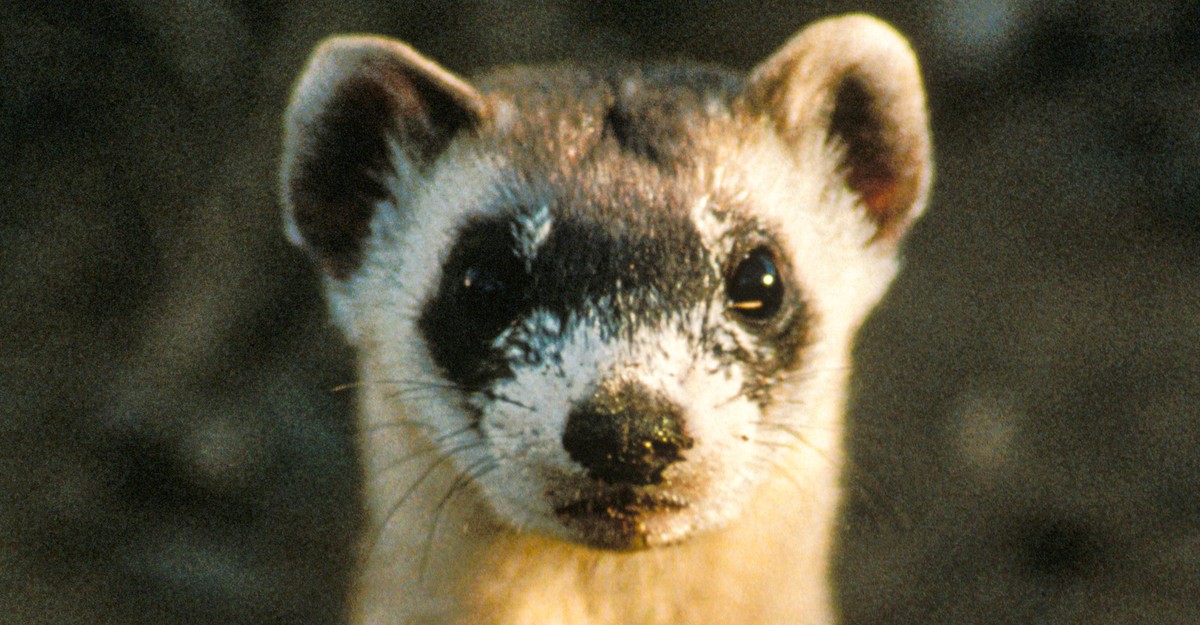Rescuing the Brink: A Biologist’s Commitment to a Vanishing Species
On a chilly early morning in South Dakota, wildlife biologist Travis Livieri answered an urgent call that would set the course for his day: a rescue mission for one of North America’s most endangered species, the black-footed ferret. For Livieri, this call wasn’t just another day at work; it was a part of a lifelong dedication that has seen him navigate through personal and professional challenges to save this species from extinction. Every rescue and every vaccination is a crucial step in a broader effort to maintain the fragile population of these unique animals.

Tackling the Threats: Conservation Efforts Against All Odds
The black-footed ferret’s survival hangs in a delicate balance, threatened primarily by diseases such as the plague, which can decimate populations rapidly. To combat this, conservationists like Livieri employ a diverse toolkit that includes regular vaccinations, advanced genetic studies, and even the cloning of ferrets to enhance genetic diversity and resilience. Despite the establishment of multiple reintroduction sites across the American plains, the wild population of these ferrets remains dangerously low, a testament to the ongoing challenges faced in wildlife conservation.

Human Impact and Environmental Responsibility
The struggle to save the black-footed ferret is a stark reminder of the broader impacts humans have on wildlife species. The introduction of diseases like the plague through European settlers has created lasting ecological consequences that continue to threaten various native species. Livieri’s work, which involves meticulous tracking, capturing, and treating of these ferrets, highlights the intense and often personal commitment required to mitigate human-caused imbalances in ecosystems. This ongoing battle not only aims to preserve a species but also serves as a critical reflection on our environmental stewardship and the ethical obligations we hold towards other living beings in our shared habitats.
By delving deeper into the specifics of the conservation methods and the personal stories of those on the front lines, this extended narrative emphasizes the complex interplay between human activity and wildlife conservation. It reflects on the need for continued innovation and dedication in the face of daunting challenges, underscoring the profound impact of our environmental legacies and our responsibility to amend them.
